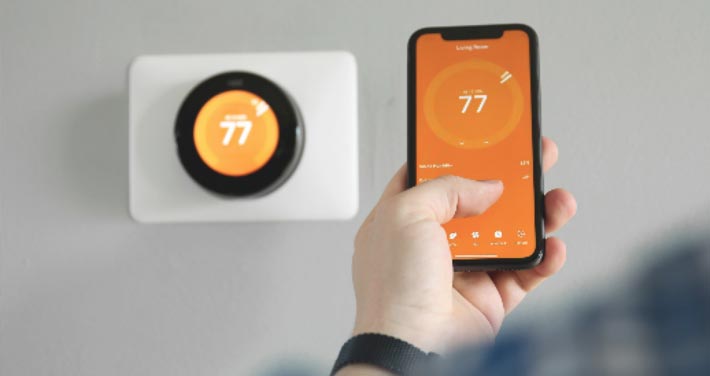Restrictions are beginning to lift, and business owners are faced with even more decisions. Does it make sense to keep the existing office space? If not, should you consider a smaller space? Are you generating enough revenue to offset the costs associated with operating your office space?
One way to cut costs, whether your workforce returns to the office full time or on a part-time basis, is to review the energy efficiency of your workplace. Small changes can bring great savings in the long term. Here are some areas to focus on, and ways to save.
Is Your Office Space Unoccupied?
- Turn off all lights, with the exception of necessary security lighting.
- Install timers or sensors on security and outside lighting so it only operates when needed.
- Unplug all appliances and electronic equipment; many of these devices continue to draw power even when they are turned off.
- Clean out and unplug the refrigerator.
Is Your Office Partially Occupied, or Only Occupied Part Time?
- If possible, consolidate employees into zones so that only occupied spaces are heated and cooled. In unoccupied zones, set thermostats to safe temperature levels for the season.
- Unplug any unused equipment – for example, if your office has three printers, set up everyone to print to the same unit, and unplug the others.
- You may already be staggering employee schedules; if so, try adjusting start and end times to reduce your energy demand during peak hours, which are often billed at a higher rate.
- Take advantage of this time to replace incandescent bulbs with energy-efficient LEDs, and to ensure that windows and doors have adequate insulation.
Do You Own or Operate a Small Business?
- Consider allowing employees to continue working from home.
- Take advantage of improved teleconferencing technology to cut back on travel expenses.
- Turn to task lighting instead of broad overhead lighting.
- Encourage employees to turn off computer monitors at the end of the day.
- Unplug phone chargers when not in use.
- Don’t overlook the exit signs! These are lit 24/7, so replacing the bulbs with LEDs can contribute significantly to your energy savings.
Are Your Employees Coming Back to the Office Full-Time?
- Make sure your heating and cooling system is ready to resume its duties. Scheduled cleaning and maintenance will help your system run at peak efficiency.
- Open blinds on south-facing windows during colder seasons to allow more heat from sunlight.
- Conversely, close blinds on south-facing windows during the summer to limit the amount of radiant heat entering the building.
- Use programmable thermostats so you don’t have to worry about whether the last person who left the office remembered to turn the heat down.
- Vacuum refrigerator coils periodically to improve appliance efficiency. If it’s time for an upgrade, look for models that sport the EnergyStar logo.
- Lower the thermostat. Decreasing the room temperature by just one degree can cut energy consumption by up to 8 percent per year.
Create an online account or log in to MyUnitil and track your business’s energy usage. This may help you understand how you use energy when not operating under normal conditions and how changes in your building’s occupancy can make an impact on your consumption.
PRO TIP: Do you lease electronic equipment such as copiers, printers, or postage machines? The penalty for early termination of your lease may be lower than the cost of keeping it on standby.
Key Takeaways:
- Now is a good time to assess the energy consumption in your office space. It’s a lot easier to replace overhead light bulbs when no one is in the office!
- Talk to your employees – they may offer up some insight into whether that cavernous conference room is really being used, or whether the office really needs three printers.
- If you only use your conference room for monthly company meetings, consider downsizing your office and holding meetings virtually or off-site.




